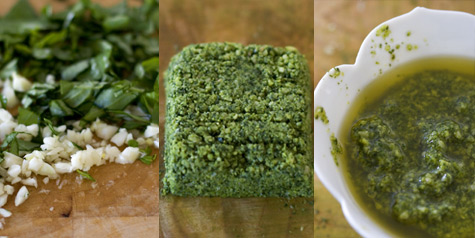
Sustainable Living expert Michael Grosvenor wrote about carbon credits for us in the latest issue (on stands now).
"One of the dilemmas for those seeking to live a more sustainable lifestyle is working out how to have a sustainable holiday. How do you visit all those great places around the world, support the local communities by doing so, learn about and appreciate the beautiful yet fragile cultures and ecosystems we have on this planet and ... avoid generating all those greenhouse gas emissions in getting there on a plane?" he writes.
Read his answer here.




